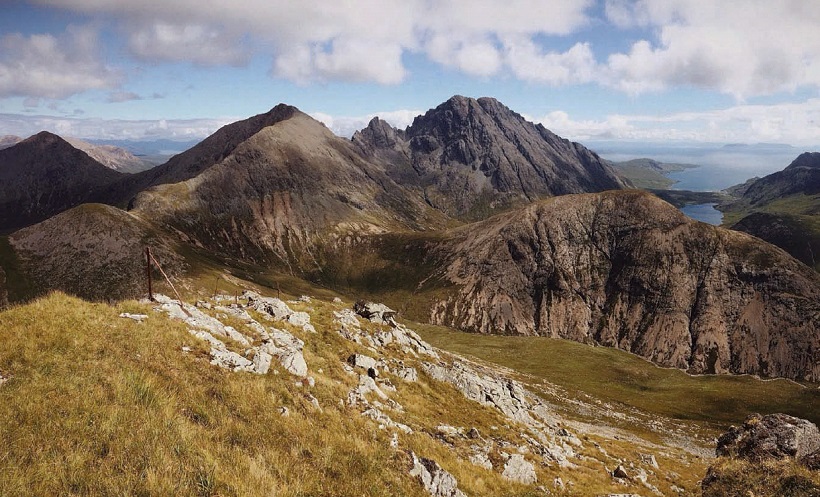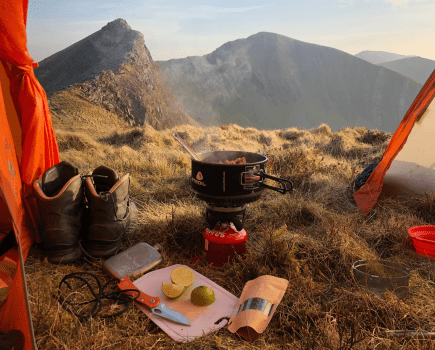Alex Welsh, a graduate of Glasgow School of Art, explains why he now shoots exclusively with his iPhone
Mobile phone photography is generally assumed to be an incapable cousin of ‘real’ photography, when really it should be thought of as a different species all together. So before I go any further, let’s rid the room of the elephant right away: your phone is not going to produce an image of the quality of a DSLR. But does it really have to? And would you even notice?
A phone is not for printing gallery-quality masterpieces, rather it is something instantly accessible, easy to use, quick to share, and importantly, it flatters our photographic skills where a DSLR has a tendency to highlight the lack of them. My iPhone produces images of comparable quality to a decent compact, but offers versatility in measures that same compact or even a DSLR could only dream of.
As basic cameras, smartphones are far better than most people imagine, but where they truly excel is in the range and variety of apps available. Apps transform your phone into a publishing powerhouse. They quickly recreate any ‘look’ you can imagine for your images, they think outside the standard 3:2 box and allow users to capture images in any format and however many dimensions they choose.
So when it comes to choosing your next phone, spare a thought to its potential as a camera too. Just like traditional digital cameras, it’s not all about megapixels, but about processing power, speed and quality. Because you’ll be using power-hungry apps, a 20 megapixel camera is no use if paired with a slow processor. You needn’t jump out and get the very latest technology, but newer generations of tech will help you keep up with updates and new releases without suffering a lag in performance.
I use an 8 megapixel iPhone 5s which is now 18 months old, takes excellent photos, and can still comfortably handle the requirements of any app I’ve tried. Consideration should also be given to the operating system your new phone will run. Apple’s IOS and Google’s Android both offer a plentiful supply of new apps and updates to existing ones. Less common operating systems generally offer a more limited choice and fewer updates.
The last major thing to consider is an upgrade to a larger capacity phone, because 16GB simply isn’t enough for hill goers. Photos and apps quickly swallow that up, and if like me you use GPS mapping software on your phone, 32GB is a realistic minimum.
All things considered, mobile photography deserves its own genre altogether. It is an echo of the disposable era where spontaneity and memories were more important than perfect exposure and paint-by-numbers composition. Yet it is perfectly in tune with today’s need to explore and experiment, before instantly publishing through a multitude of social media channels. And all of this happens from the pricey software, or time editing later. You can do it all before you even get home.
Blaven from Marsco (above image)
Alex explains how he got this stunning shot on Skye’s mountains…
Seen here from neighbouring Marsco, Blaven is the last of 12 Munros constituting the formidable Greater Cuillin Traverse on the Isle of Skye. It is 3.30pm in mid July and the perfect day for mobile photography. Bright sunshine over my right shoulder and fast-moving broken cloud added valuable contrast to the ground and meant I waited only a few minutes for a patch of light to hit the foreground. By using the phone’s panoramic feature I was able to utilise a ‘virtual sensor’ and include the extra foreground portrait orientation affords while still retaining the classic landscape format. Processing over a hilltop sandwich in the VSCO app consisted of tailoring the M5 filter to my mood that day, tweaking the exposure, contrast and sharpness before adding a subtle vignette to finish it off.
Phone: Apple iPhone 5s
Settings: Shot using Panoramic mode at f2.2, ISO 32
App: VSCO Cam, processed using filter M5 and edited in app.








